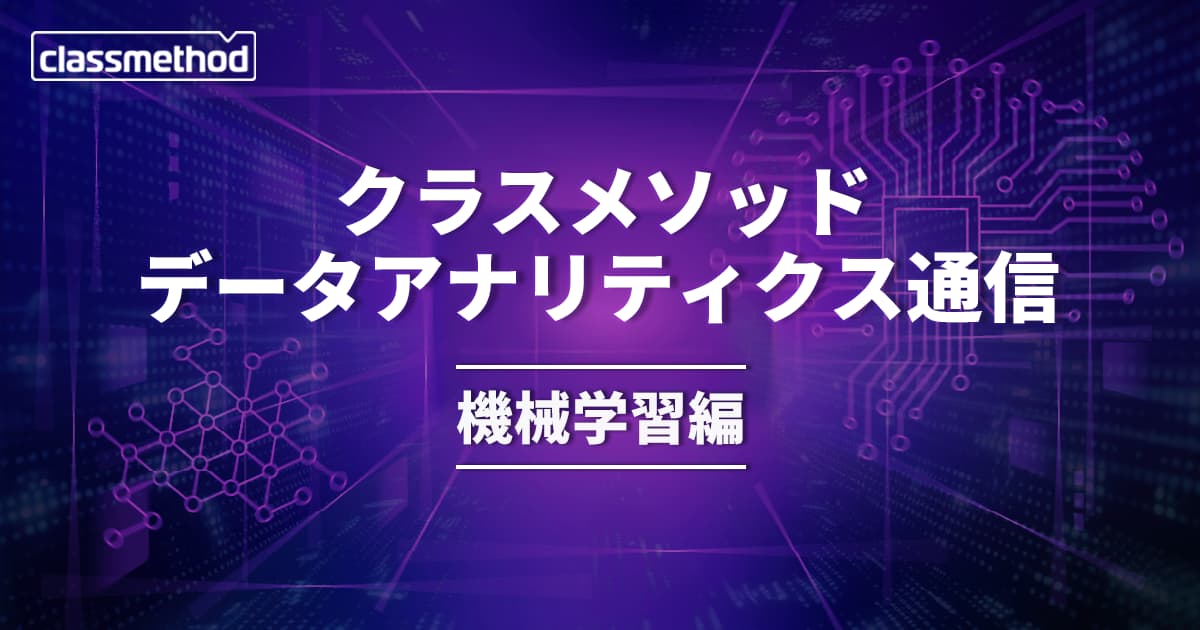
A Guide to 22 Amazon SageMaker Built-In Algorithms and Its Use Cases
Introduction
A handy cloud-based tool called Amazon SageMaker lets programmers and data scientists to create, train, and deploy machine learning models at scale. One of SageMaker's standout features is its substantial library of integrated algorithms, which offers a variety of practical tools for developing and deploying machine learning models. In this article, we'll examine some of the core SageMaker algorithms in more detail and consider some of its advantageous applications.
SageMaker algorithms
Linear Learner
An effective approach for both classification and regression problems is the linear learner. Due to its good scaling and ability to handle sparse data, it is very helpful when working with huge datasets. To fit a friendly linear model to the training data and minimise the loss function, the linear learner utilizes stochastic gradient descent (SGD).
XGBoost
A well-liked gradient boosting method that excels in classification and regression issues is called XGBoost. It functions by assembling a group of beneficial weak decision trees, which are then joined to form a powerful model. Large datasets may be handled easily by XGBoost due of its excellent scalability.
K-Means Clustering
K-Means Clustering is an unsupervised learning process that divides data points into groups based on similarities. It operates by allocating data points to clusters repeatedly depending on their distance from the centroid of each cluster. K-Means is commonly used in market segmentation, anomaly detection, and image segmentation.
DeepAR
DeepAR is a sophisticated algorithm for predicting time series. It is especially beneficial when dealing with complicated time series data since it captures long-term relationships in the data using a recurrent neural network (RNN) design. DeepAR has several uses, including demand forecasting, resource planning, and anomaly identification.
Image Classification
SageMaker provides a range of pre-built algorithms for image classification tasks, including ResNet, DenseNet, and VGG. These algorithms use convolutional neural networks (CNNs) to analyze image data and classify it into different categories. Image classification is used in a wide range of applications, including facial recognition, object detection, and medical diagnosis.
Object Detection
Object Detection is another computer vision task that SageMaker provides pre-built algorithms for. These algorithms use a combination of deep learning and computer vision techniques to detect and localize objects in images and videos. Object Detection is widely used in applications such as self-driving cars, surveillance, and industrial automation.
Seq2Seq
Seq2Seq is a powerful algorithm that is used for natural language processing (NLP) tasks such as machine translation, text summarization, and question answering. It works by using a sequence-to-sequence model that maps an input sequence to an output sequence. Seq2Seq uses a combination of recurrent neural networks (RNNs) and attention mechanisms to capture the context and meaning of the input sequence.
BlazingText
is an algorithm that is used for natural language processing tasks such as word2vec and text classification. It uses a highly optimized implementation of the Word2Vec algorithm to create high-quality word embeddings for NLP applications.
Object2Vec
Object2Vec is a general-purpose algorithm that can be used for a wide range of tasks, including recommender systems and content-based filtering. It works by using a neural network to create embeddings of objects, which can then be used to compute similarity metrics and perform various downstream tasks.
Semantic Segmentation
Semantic Segmentation is a computer vision task that involves labeling each pixel in an image with a corresponding class label. SageMaker provides pre-built algorithms such as Mask R-CNN and FCN for performing semantic segmentation on images.
Random Cut Forest
Random Cut Forest is an unsupervised learning algorithm that is used for anomaly detection. It works by constructing a random forest of trees and using it to identify outliers in the data.
LDA Latent Dirichlet Allocation (LDA)
It is a topic modeling algorithm that is widely used for natural language processing tasks such as document classification and topic extraction. It works by analyzing a corpus of text and identifying the underlying topics that are present. LDA is highly effective for analyzing large collections of text data and can be used in a wide range of applications, including sentiment analysis and content recommendation.
Principal Component Analysis (PCA)
It is a powerful algorithm for dimensionality reduction. It works by identifying the most important features in a dataset and creating a lower-dimensional representation of the data. PCA is widely used in applications such as image compression, data visualization, and feature extraction.
Factorization Machines
Factorization Machines (FM) is a popular algorithm for recommender systems and can handle large-scale sparse data sets. It is a generalization of linear models that can model pairwise feature interactions. FM is commonly used for product recommendation, personalized advertising, and search.
IP Insights
IP Insights is an algorithm that can be used to detect and prevent online fraud. It works by analyzing user behavior and identifying patterns of suspicious activity. IP Insights can be used to prevent account takeover, fake account creation, and fraudulent purchases.
k-Nearest Neighbors (kNN)
k-Nearest Neighbors (kNN) is a simple but powerful algorithm that can be used for both classification and regression problems. It works by finding the k closest data points to a given point and using them to make a prediction. kNN is commonly used for image recognition, recommendation systems, and anomaly detection.
Neural Topic Modeling (NTM)
Neural Topic Modeling (NTM) is a deep learning algorithm that is used for topic modeling. It works by using a neural network to generate topic distributions for each document in a corpus. NTM is highly effective for analyzing large volumes of text data and can be used in applications such as content recommendation and sentiment analysis.
AutoGluon-Tabular
AutoGluon-Tabular is a machine learning tool that automates the process of building highly accurate models for tabular data. It uses advanced techniques such as ensemble learning and hyperparameter optimization to produce highly accurate models. AutoGluon-Tabular can handle a wide range of tasks such as classification, regression, and time series forecasting.
CatBoost
CatBoost is a powerful gradient boosting algorithm that is highly effective for working with categorical data. It is built on top of the popular open-source machine learning framework, scikit-learn, and provides a range of powerful features such as categorical feature encoding and GPU acceleration.
LightGBM
LightGBM is a gradient boosting framework that is highly efficient and scalable. It is built on top of the Microsoft Research-developed Gradient Boosting Decision Tree (GBDT) algorithm and provides a range of powerful features such as parallel and GPU training.
TabTransformer
TabTransformer is a deep learning architecture that is highly effective for tabular data. It is designed to handle both structured and unstructured data and can be used for tasks such as classification, regression, and ranking.
Text Classification
Text classification is a common task in natural language processing that involves categorizing text into one or more predefined classes. Amazon SageMaker provides a range of tools for text classification, including deep learning architectures such as Convolutional Neural Networks (CNNs) and Recurrent Neural Networks (RNNs).
Conclusion
SageMaker provides a range of helpful built-in algorithms that can be used for a wide range of machine learning and deep learning tasks. Whether you're dealing with image data, time series data, or text data, there's an algorithm in SageMaker that can help you build and deploy accurate and scalable machine learning models





